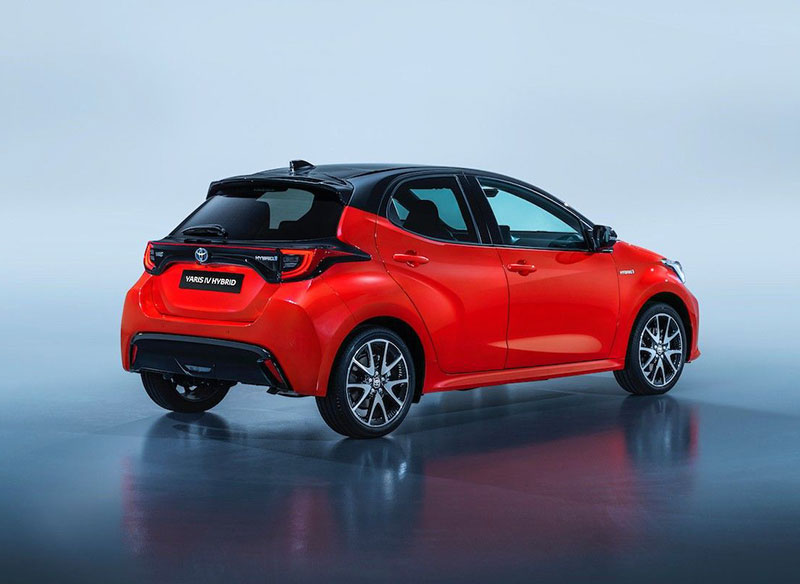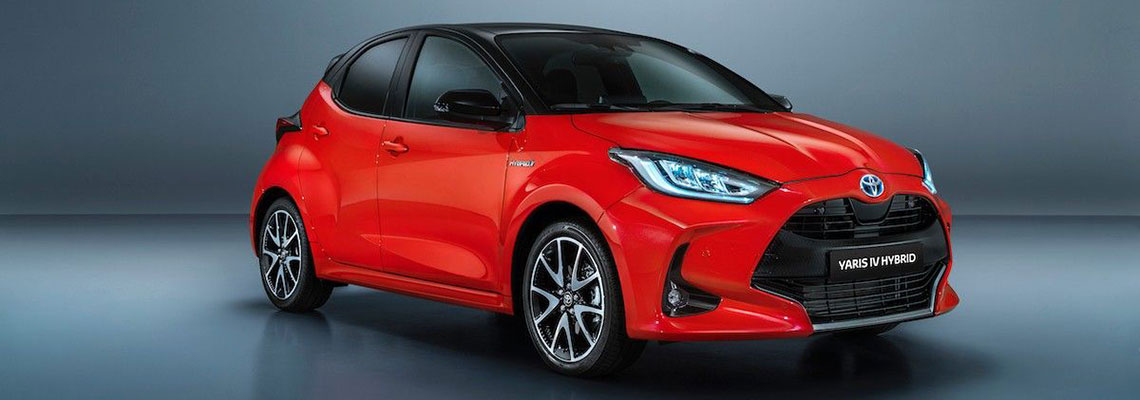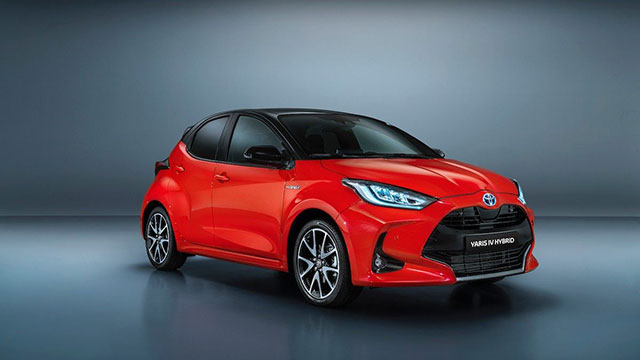While still compact in stature, the latest Toyota Yaris enjoys a level of sophistication few in the segment possess – albeit at a price.
What is it?
Only a decade ago there were plenty of compact cars priced under $20,000, with the market-leading Yaris heading the segment at around $17,000. A good all-rounder, it became the ‘second car’ for many families on a budget.
But the unspoken assumption among car companies that a base-model small car had to come in under $20,000 is now long dead and the fourth-generation Yaris reflects this. It offers much more in terms of powertrains, safety technology and standard features, while the cheapest model now starts at $22,130.
How much is it?
The line-up consists of the Ascent Sport manual ($22,130), auto ($23,630), SX auto ($27,020) and hybrid variant ($29,020). The range topper ZR is $30,100 and $32,100 in hybrid form.
What's the engine like?
Recent Toyotas such as the Camry, RAV4 and Corolla are built on the ‘Toyota New Global Architecture’ or ‘TNGA’ platform – basically the sheet metal structure that underpins the design – and the new Yaris is the latest to benefit from it.
The range features conventional petrol powertrains along with Toyota’s latest hybrid system. While much of the previous generation was powered by a 1.5-litre four-cylinder petrol engine, the new Yaris uses a 1.5-litre three-cylinder. It develops more power and torque (88kW and 145Nm) while using 23 per cent less fuel, Toyota claims.
Hybrid models have a slightly less powerful version of the 1.5-litre three-pot engine, but it’s supplemented by the electric motor generator and lithium-ion battery, so overall outputs are similar while fuel consumption drops to just 3.3L/100km. That’s better than the discontinued Prius C and is Toyota’s most efficient offering to date.

What's it like inside?
The revised design inside and out is refreshingly different to the old Yaris and the interior finishes generally feel more premium. It’s a user-friendly layout, although non-slip materials in the console and dash binnacles to stop objects slipping around would be a better option than hard plastics.
Front seat comfort is as good as that in the new Corolla and in the rear there’s enough leg room for adults to encourage regular use. Cargo space, at 270 litres, is better than the Corolla’s meagre 217 litres and the split fold rear seats fold flat for added versatility.
What are the standard features?
Standard features on the base Ascent Sport include a seven-inch touchscreen with voice recognition, 4.2-inch information display, and retractable door mirrors. SX variants gain sat nav, auto air con, keyless entry and button start, a leather-wrapped steering wheel and 15-inch alloys; while the ZR has 16-inch alloys, a rear spoiler, sports front seats, head-up display and parking sensors.
Are there any safety features?
The Yaris’ safety pack is crammed with tech such as intersection turn assistance, active cruise control, lane tracing assistance, auto high beam and road sign assistance.
What's it like to drive?
Until recently, three-cylinder engines had an inherent unevenness through parts of the rev range, but not so the new Toyota engine, which is punchy off the mark and pleasantly refined. Fuel consumption (or lack thereof) on our short test route was excellent, with the hybrid showing as low as 2.6L/100km and the petrol 5.4L/100km on a mixture of city and highway driving.
Final thoughts
While its demographic is urban-centric, first impressions suggest the new Yaris will happily tackle the open road – a sign of maturity for a car once considered ‘cheap and cheerful’.
Pros: Safety kit; spec level; improved handling and refinement
Cons: Much pricier than its predecessor








